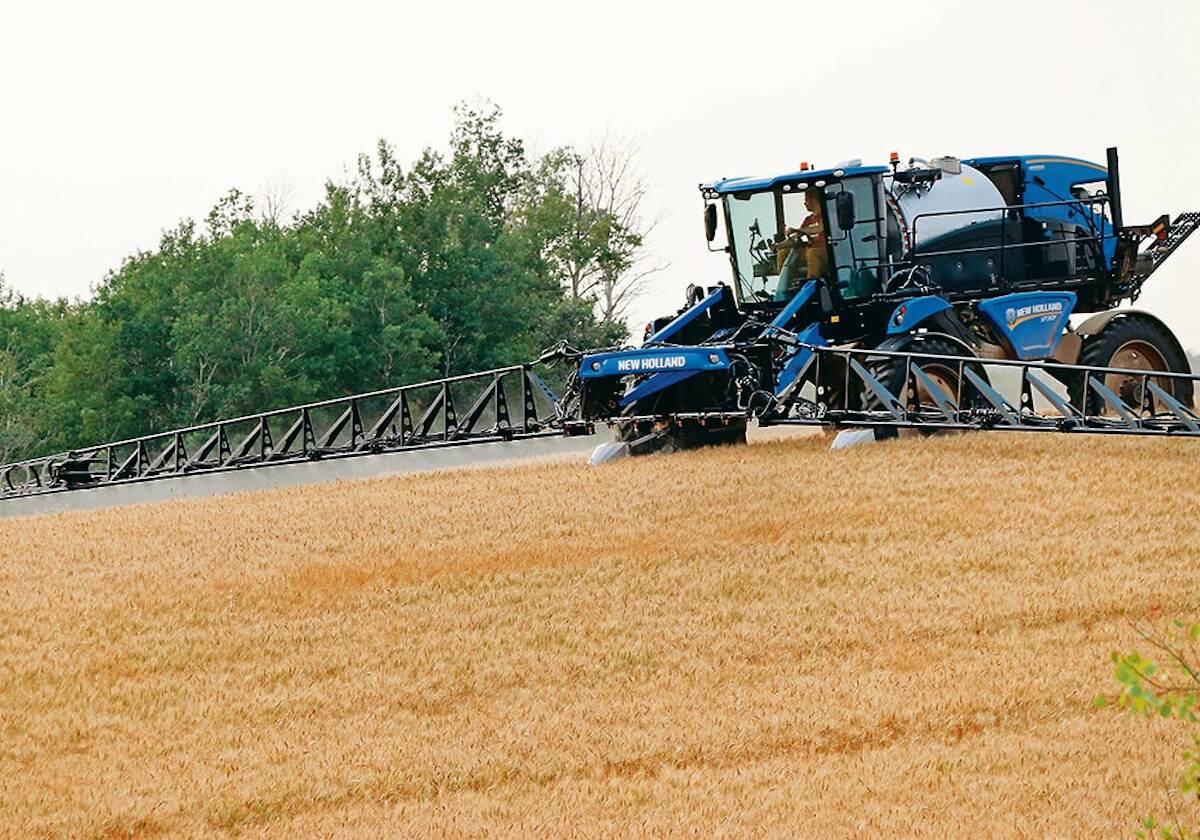After decades of watching the sector consolidate around them, it seems as though agriculture industry associations and groups have now decided this is also the right strategy for them.
We’ve seen a handful of Manitoba commodity groups working together and now promoting the concept of a merger into a single larger group. The aim is lower overhead and more ‘bang for the buck’ when it comes to things such as agronomic research.
Manitoba isn’t the first province to make such a move. Next door in Ontario they went through a similar exercise when that province’s barley, corn, oat, soybean and wheat producers banded together. They formed into a single group known as the Grain Farmers of Ontario.
Read Also

Farming still has digital walls to scale
Canadian farms still face the same obstacles to adopting digital agriculture technology, despite the years industry and policy makers have had to break them down.
The arguments to merge were similar to those we’ve heard here in Manitoba. These farmers are, typically, one and the same, since crops are grown in a rotation. Many of their issues are identical and there are (typically) few issues where they find themselves working at cross-purposes.
Now similar arguments are being made for collaboration and, possibly, even a merger between Cereals Canada and Cigi as Allan Dawson reports. Both groups work hard to form relationships with international customers, promote those Canadian field crops and find and develop new markets. On the face of it, teaming up could have a lot to offer.
But while they are similar, they aren’t the same. One focuses on technical research and supporting sales through quantitative analysis. The other is focused on market development, promotion and advocacy — including lobbying the Canadian government, which is one of Cigi’s biggest supporters.
As well, as Dawson points out, that while in a general sense, farmers and grain companies share a common interest in selling grain, farmers want the highest price, whereas grain companies aim for as low a purchasing price as possible.
That’s not to say they can’t work together towards a common purpose.
But the decision of how closely to tie the two organizations needs to be made after a thorough and transparent airing of the pros and cons.
That sort of open debate is healthy, good for the industry and will hopefully lead to more durable strategies for moving the industry forward.
Canada’s cereals industry is still finding its way forward after the lengthy and polarizing Canadian Wheat Board debate. Cigi is a holdover from the era in which one agency handled all of the offshore selling on behalf of farmers.
We’d like to propose one more item for the discussion agenda for all these mergers that needs to be hashed out — just how the industry can avoid falling into blinkered groupthink.
If you want to see this effect at its most poisonous, you can log on to pretty much any internet media outlet that allows comments and read a few.
What you’ll find are a small handful of lonely souls making reasonable points, but often, they are swamped by the diatribes of the overly ideological.
Moving to a world of greater concentration and co-ordination will no doubt provide for better ways of getting a unified message out. That’s good, especially since it’s an article of faith in the sector that more needs to be done to “educate the consumer.”
But that ignores that successful communication is always two way and if you’re going to talk, you’ve got to be prepared to listen.
When many in the sector claim it’s hard to get people to even start to understand why and how they’re running their businesses, they’ve got a point. But the sector also has to be prepared to recognize that at times, it can be guilty of metaphorically jamming its fingers in its ears and chanting “la-la-la” when they’re challenged.
The sector is already geographically — and therefore also somewhat socially — isolated. A lot of what happens is going on well out of the sight of the average citizen. When they do think about agriculture it’s because something larger has sparked their interest, like news reports of a crop failure.
The biggest risk isn’t ignoring the public though. It’s failing to take in new information to formulate forward-thinking strategies that could set the sector up for success or avoiding crisis and failure.
Good ideas come from a lot of different places and frequently the real value is being able to put together bits of information from various locations and building something better from them.
But if the industry sets itself up in a silo and starts to believe its own press releases, that cross-fertility could be in danger.
We’re not saying mergers should or shouldn’t happen. The constituent members of these groups will be the people who make that decision.
We’re simply urging them to realize the industry needs to find a way to keep an open mind as part of its design during the process.
Otherwise it may miss the next big thing, to its own detriment.



















